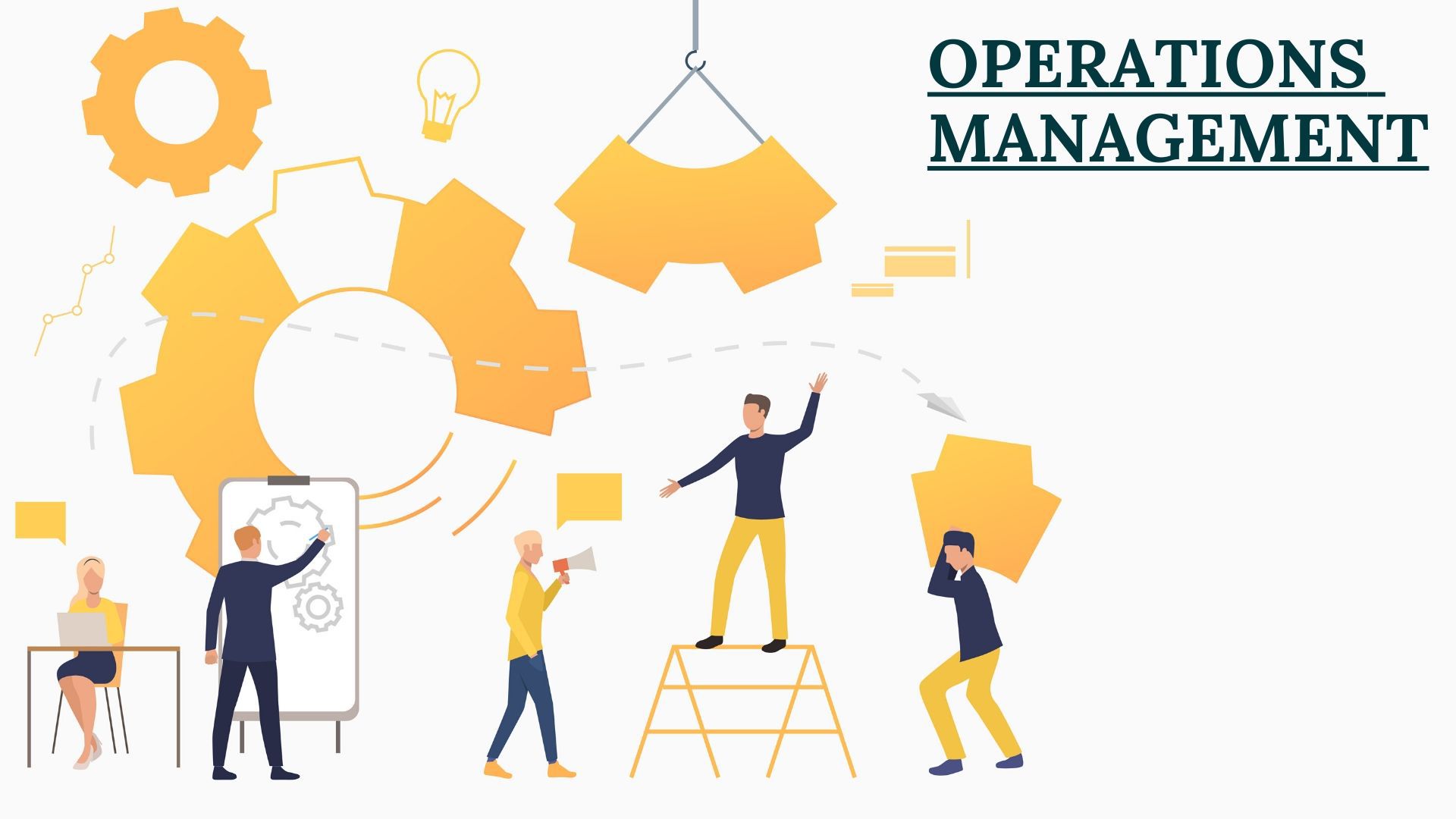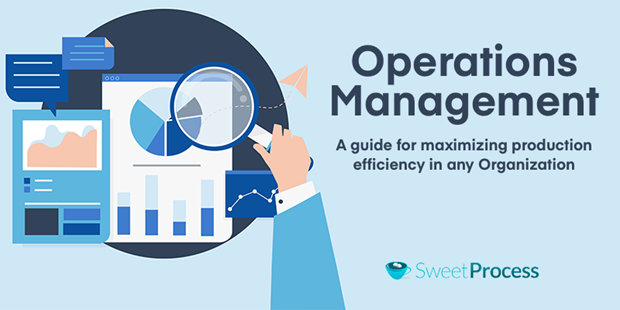Table Of Content

DesignOps practitioner Patrizia Bertini shared the observation she made in 2018 when working with international teams. The company faced rapid growth, and operational inefficiency caused a slowdown in the working speed and the entire production cycle. Designers spent up to 5 working days a month looking for research participants, and the lead time was lengthened to 4 weeks. To solve the issue, the DesignOps specialist implemented a participant search service.

How Were DesignOps Definitions Analyzed?
By removing this friction and confusion, everyone can act appropriately for the greater good. You create a culture where designers want to stay and grow their careers from purpose. A good employee experience will help HR find and attract top talent, expanding your design capabilities.
Why DesignOps Matters: How to Improve Your Design Processes - InfoQ.com
Why DesignOps Matters: How to Improve Your Design Processes.
Posted: Thu, 28 Jul 2022 07:00:00 GMT [source]
Building your design ops team
The Design Manager is responsible for developing products that are highly user-friendly and valuable for the buyer. ‘The back of the house’ refers to the tools and processes that help designers support the creation of an enhanced user experience. But, as Malouf summarizes, DesignOps is everything that supports the high quality of crafts, techniques, and processes. As you mature, you want to focus on high-level strategies and long-term goals. Ensuring design teams have the tools to grow and scale is crucial for every DesignOps team. Design is often considered a capability separate to the core of the business and it regularly ends up detached, unable to make the impact it’s capable of.
What is DesignOps? The essentials of DesignOps
Operations strategies include various initiatives for managing the day-to-day functioning of your business. They also ensure that your core processes are aligned with long-term company goals. Depending on your industry, they can include product management, supply chain, forecasting, and revenue operations strategies.
Laboratory Lighting: How Technology is Changing Design and Operations - Lab Manager Magazine
Laboratory Lighting: How Technology is Changing Design and Operations.
Posted: Wed, 31 May 2023 19:13:56 GMT [source]
But not every company or overstretched creative department is ready for the financial and organizational commitments DesignOps teams require. Their goal is to streamline design, remove any inefficiencies, and enable the designers to flow with the research they need, repeatable processes, and tools to succeed. DesignOps is the glue that holds the design organization together, and the bridge that enables collaboration among cross-disciplinary team members. These courses teach you how to create an inclusive work culture, prioritize diversity, and build an inclusive workspace, both in person and in remote work settings. Implement changes to tackle existing issues and regularly review them to understand the impact of these changes. Continuously gather feedback from team members and stakeholders to refine further.
The DesignOps tools you need to execute great design at scale

The interview can document the current design process, as perceived by both designers and nondesigners. Document design activities and methods used throughout the design process, tools and people involved at each step, and any quantitative metrics (e.g., typical time spent) that might pinpoint areas of waste and value. These metrics can be particularly useful when advocating for the elimination or addition of design activities, meetings, or tools. Before creating these teams, Cleave and his colleagues determined how they would define new roles, how to avoid organizational silos, and how to measure the success of the design ops program.
Stop guessing about your digital experience with LogRocket
Though we use the blanket terms “design” and “designer” throughout this discussion, DesignOps applies to anyone using user-centered and design-thinking processes to solve problems. The term “designer,” then, includes UX designers, user researchers, visual designers, content strategists, service designers, communication designers, and anyone else contributing to the end user experience. The four elements of operations strategy include capacity planning, supply chain optimization, quality control, and technology and innovation.
Increased efficiency
We often expect people to “just talk to each other,” but the bigger the organization, the harder it becomes to stay aligned. There’s hardly a better way to simplify designers’ lives than having a well-thought-through, documented, and up-to-date design system. In the end, taking the stress away from designers and letting them do what they do best is what DesignOps strives to achieve. Learn change management and system thinking, practice influencing and negotiation, enjoy failing and learning, and experiment as much as possible.
Before making changes to the existing workflows, document the same from project initiation to delivery. Identify areas where there can be a possible bottleneck or where there is room for improvement. When new members join the team, DesignOp’s responsibility is to ensure a smooth onboarding process by providing orientation, training, and access to relevant documentation and tools. It’s worth noting that there still seems to be a relatively low level of awareness of DesignOps, even among UXers and designers. Couple that problem with format and tool wars for what tools we already use, and it is incredibly difficult to be build software to be the glue between the tools and the system (the software that manages the software). For example, there is no real system for applying version control with object deployment with source material.
An operations strategy is essential for ensuring that all aspects of your business are working smoothly. DesignOps gives a creative team the tools to better integrate itself into the process of product development. The job title emphasizes the arrival of a new way of designing in a modern, mostly digital environment. Abbreviating the name from an existing development position highlights the shift in digital product design quite brilliantly.
Nowadays, it’s quite normal to expect a rudimental understanding of common code basis from a UX designer but until a couple of years ago it seemed like a rather novel idea. These are platforms and software for real-time and asynchronous communication among team members. There are a variety of apps serving different purposes, like messaging apps, ex. These tools facilitate information sharing and collaboration within organizations. As much as documentation is important, ensuring its proper maintenance, keeping track of all changes, and accessibility for all team members are also important.

No comments:
Post a Comment